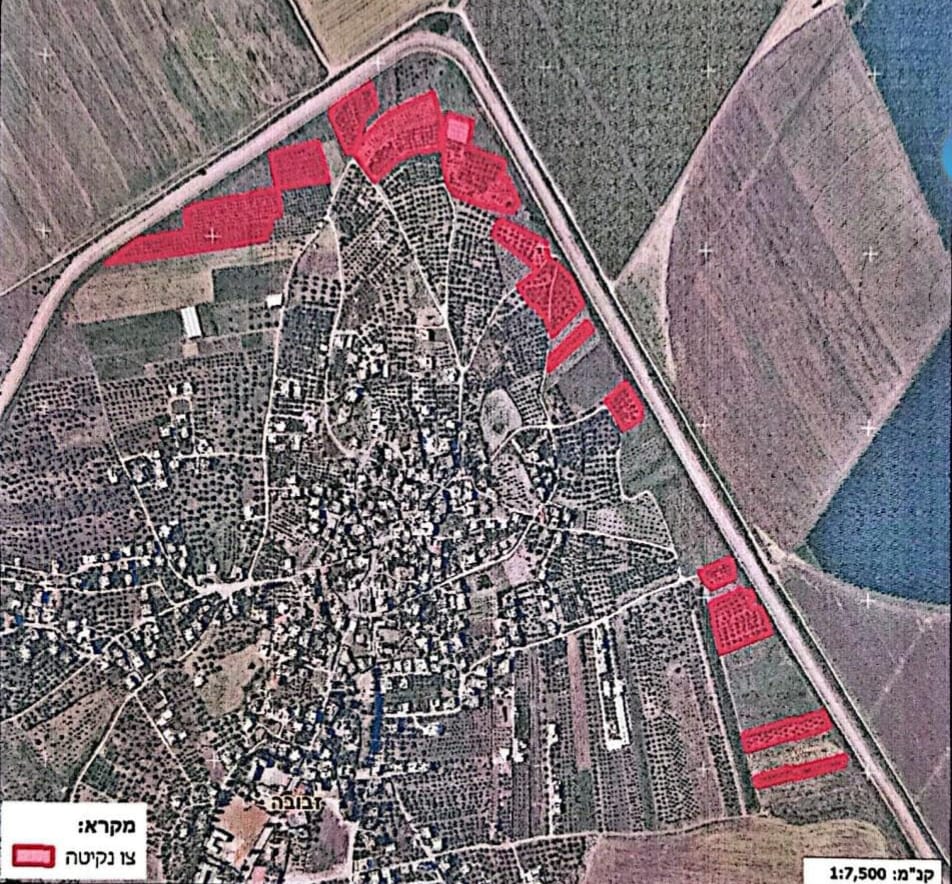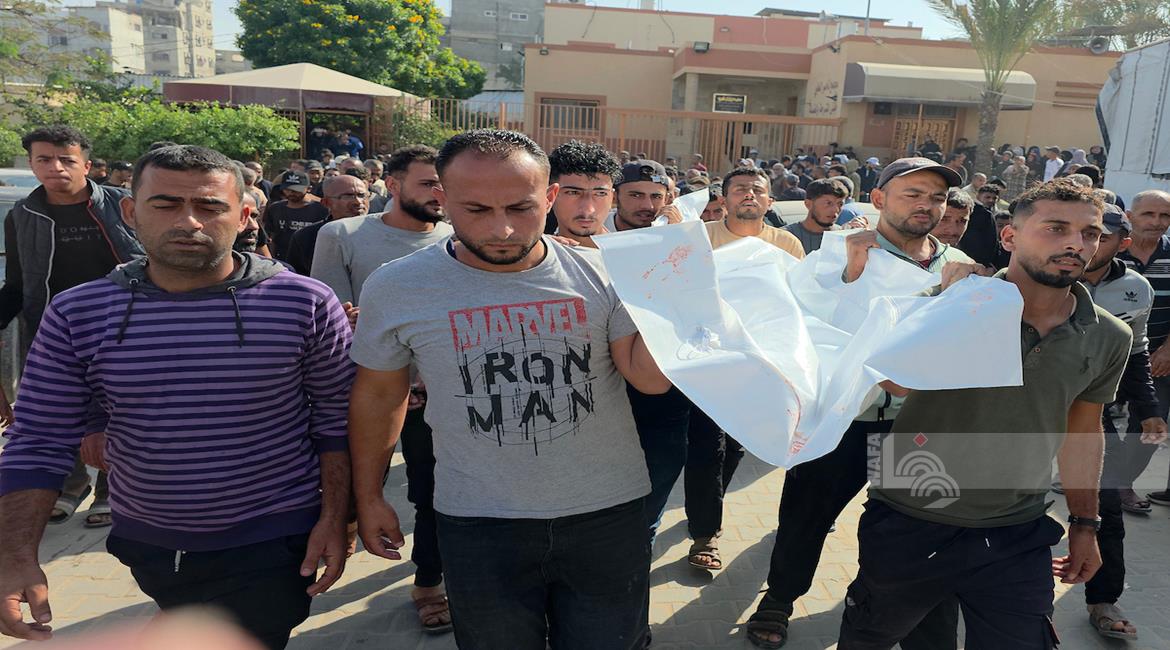JERUSALEM, June 17, 2025 (WAFA) - For the fifth consecutive day, the Israeli occupation continues to impose a complete closure on Al-Aqsa Mosque and the Church of the Holy Sepulchre, closing the Old City to visitors except for its residents.
The Jerusalem Governorate stated that sporadic occupation attacks resulted in the injury of five Jerusalemites with live ammunition in the towns of At-Tur, Bir Nabala, and Ar-Ram.
At the same time, the occupation has allowed colonists to perform religious rituals near Al-Aqsa Mosque and intensified its daily raids on Jerusalem's towns and suburbs, amid a military presence at dozens of checkpoints, gates, and the Apartheid Wall.
Under the pretext of the "state of emergency" that has been in effect since last Friday, the occupation prevents worshippers—even residents of the Old City—from entering Al-Aqsa Mosque, its covered prayer areas, and all its courtyards, as well as the Church of the Holy Sepulchre. Most shops in the Old City have been closed, with only essential stores open.
Last night, Israeli rabbis and soldiers blew the shofar beneath Al-Aqsa Mosque, at the northeastern corner of the Western Wall plaza, in what they described as support for the occupation soldiers.
In another scene filmed yesterday, colonists performed prayers inside the Wilson Arch Synagogue near Umm al-Banat Bridge, west of Al-Aqsa Mosque, while they promoted the sale of stones from the floor of the Wall for 189 shekels each, marking the 58th anniversary of its occupation.
In the Hardoub neighborhood of the town of At-Tur, an Israeli sniper fired four live bullets at 12-year-old Iyas and 22-year-old Uday as they stood at the door of their home. The first was shot in the hand, the second was hit in the back, and a third was injured. Later, the Israeli occupation forces fired flares during their raid on the town after midnight.
The raids extended to the Ein al-Louza neighborhood in Silwan, where a young man was arrested after raiding several homes and detaining young men in the neighborhood. This coincided with the establishment of a military checkpoint near Wadi al-Rababa.
Israeli forces also raided the town of Shuafat, searched a house in the town of Issawiya, and closed the entrance to the town of al-Ram after storming the Coptic Quarter. They also raided the towns of Hizma and al-Eizariya.
Two young men were injured by live ammunition in Bir Nabala and al-Ram and were taken to the hospital for treatment.
Amid escalating security tensions and repeated sirens in Jerusalem, most Jerusalemites lack safe rooms or "fortified bomb shelters" in their homes, which are the only means of protection from shelling.
Experts agree that the Israeli authorities' announcement of the opening of schools and public institutions for use as bomb shelters—even though some, according to residents and engineers, are threatened with collapse or are not even suitable for receiving civilians—is little more than propaganda.
These sites are not large enough to accommodate the large number of residents and do not meet minimum safety standards.
In a scene parallel to the internal siege, the occupation authorities surround the city of Jerusalem with 84 checkpoints, distributed among permanent military checkpoints, earth mounds, and gates along the separation wall.
These checkpoints impede the movement of citizens and separate Jerusalem from its Palestinian surroundings in the West Bank. These checkpoints are used daily to harass citizens through inspection, detention, and denial of passage.
K.T









